These heritage sites in Wakefield and Pontefract are named on Historic England's 'at risk' list


Historical England has published its latest list of ‘at risk’ sites that range from civic buildings in the very centre of Wakefield to outlying spots in rural parts in the south of the district.
Hemsworth MP Jon Trickett said something needed to be done.
He said the monuments form an “invaluable” link to the heritage of the local community and must be saved.
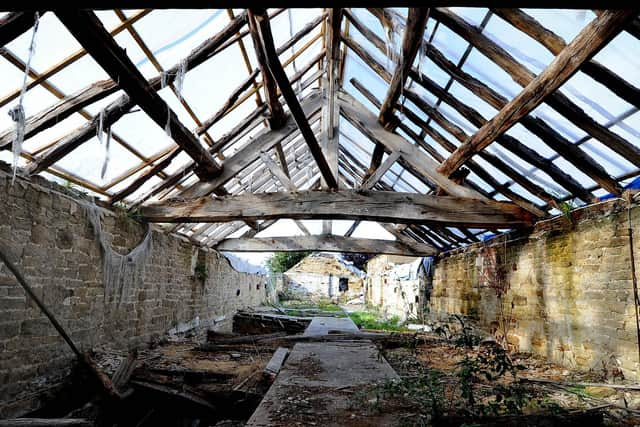

Advertisement
Hide AdAdvertisement
Hide AdMr Trickett said: “One-hundred-and-eighty-one sites across England have been saved since the release of the 2019 register. It shows that if we come together in our community, we can conserve and preserve these important monuments for generations to come.”
The former crown court building on Wood Street is Wakefield city centre is one of the most recognisable landmarks on the list.
That site is earmarked for redevelopment as a part of a community hub and residential development in the city centre.
The rock-faced magnesian limestone Church of St John in Darrington, which dates back to 1878, is the on the list.
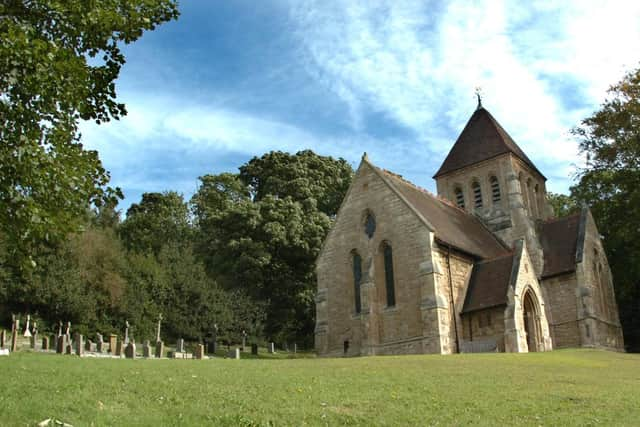

Advertisement
Hide AdAdvertisement
Hide AdAlso the early-mid 17th century Malt House near Blacker Hall Farmhouse at Crigglestone Branch Road, Crigglestone, is on the list due to a partial collapse of front wall, missing roof covering missing, and roof timbers collapsing.
Repairs are currently being undertaken, with planning permission and listed building consent already obtained for a site-wide scheme.
And the Hermitage in south Pontefract is on the list due to flooding.
It consists of two below ground chambers hewn out of sandstone. The deeper chamber dates from 1386 and consists of a short corridor, which leads to a spiral stair that descends to a well.
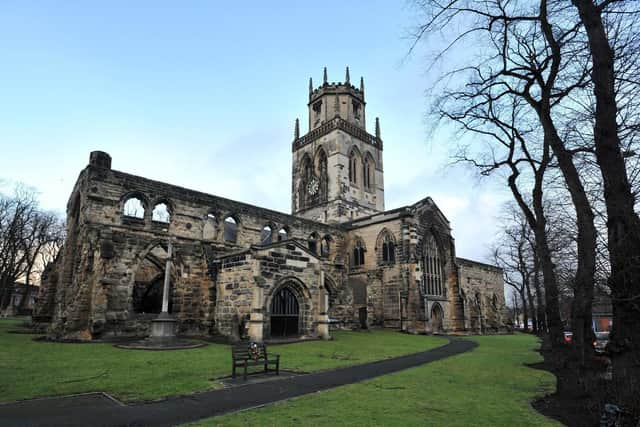

Advertisement
Hide AdAdvertisement
Hide AdIts second chamber, known as the Oratory, was built later and consists of a spiral stair that leads to a cell with altar and fireplace. The site of post-medieval tannery, Felkirk, South Hiendley is also on the register alongside the “ruinous portion” of Church of All Saints at Baileygate, Pontefract.
Historic England said the main worship space is in good condition, but the 14th and 15th century church was severely damaged under siege during the Civil War.
Prehistoric earthwork west of Ferrybridge, Newland Preceptory at Newland with Woodhouse Moor, Sharlston Common coal and ironstone workings, and a prehistoric enclosed settlement known as South Kirkby Camp are also on the register.
Finally Dame Mary Bolle’s water tower, including water wheel housing and overflow channel, at Heath Common, is on the register due to the poor condition of its masonry and interior. The 17th century water tower was originally associated with the now demolished Heath Old Hall.
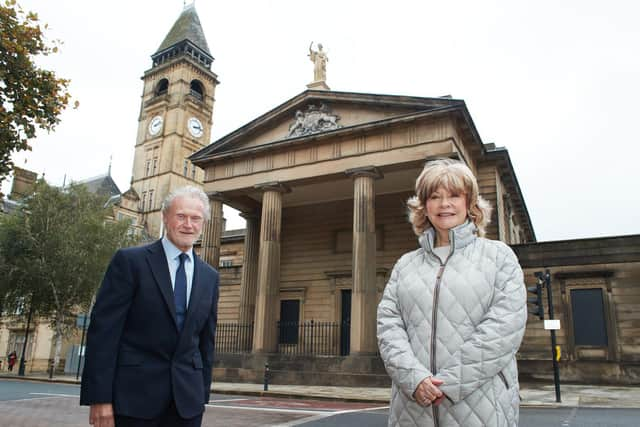

Advertisement
Hide AdAdvertisement
Hide AdMr Trickett added: “Historical sites like these monuments in Sharlston, South Kirkby and South Hiendley form an important link to the heritage of our area. We have a rich history and are rightly proud of it.
"These sites and by extension, the shared history of our community, must not be forgotten.”
Last year Pontefract Castle was taken off Historic England’s at risk register after 16 years following a multi-million pound investment.
Coun Darren Byford, Wakefield Council’s cabinet member for economic growth and regeneration, said: “Last year, we were extremely proud that Pontefract Castle was removed from the ‘at risk’ register after 16 years, following the £5 million Key to the North project.
Advertisement
Hide AdAdvertisement
Hide Ad“We also recently announced innovative plans intended for Wakefield’s former Crown Court, after the council stepped in to acquire the building and undertook extensive weatherproofing so it could be brought back into use. Other sites across the district are not in council ownership but conversations are ongoing about their preservation.
“A meeting has taken place with the owner of the Malt House and Historic England to agree a review of the external protective measures that keep the building wind and water tight, and to discuss the future works to the building.
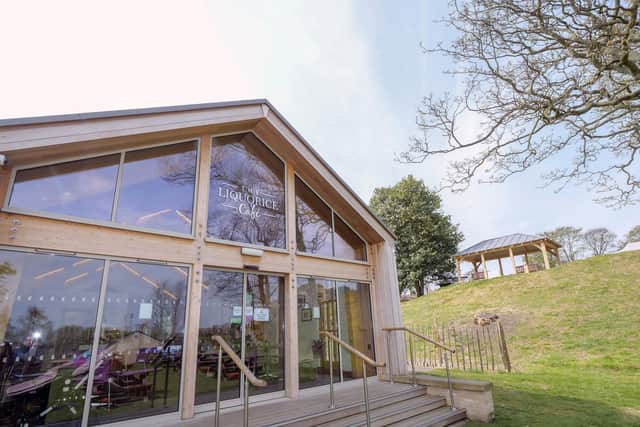

“Ongoing discussions are also taking place with the NHS and community groups relating to the condition of The Hermitage, uses of this site and its future. We are very proud of the rich history and heritage we have across our district and will continue to work hard and have conversations with the owners of the sites to ensure they are preserved for future generations.
The Heritage at Risk programme is intended to give an idea of the current state of England’s historic sites.
Advertisement
Hide AdAdvertisement
Hide AdHistoric England’s says the programme identifies those sites that are most at risk of being lost as a result of neglect, decay or inappropriate development.
Every year the register is updated. The end result , the organisation says, is a picture of the sites most at risk and most in need of safeguarding for the future.
The first national register of buildings at risk was published in 1998. The organisations says more than two-thirds of the sites on that list have since had their futures secured.